The Holy Grail when it comes to benefits for employers prioritising wellbeing is the ability to provide packages that are truly personalised and flexible and, so, genuinely valued by individuals. Particularly in a cost of living crisis and a talent shortage in many markets, benefits can be a potent tool for recruiting and retaining employees.
But what each employee deems as valuable may vary wildly, which is why benefits packages which are flexible and personalised are so important.
We asked a handful of benefits platforms for their top tips on making personalised and flexible benefits work……
1. Employees post pandemic and mid cost of living crisis crave flexible support
“They also crave the ability to choose what is right for them, especially when it comes to personal health and wellbeing,” says Chris Ronald, VP B2B EMEA BHN (Blackhawk Network).
The key to implementing this, he says, is “truly understanding your workforce and internal communication needs”.
He suggests using a mix of management conversations, focus groups and employee listening surveys to ascertain these needs.
2. Can you build employee recognition into your benefits programme?
This is something BHN does itself as a company because, as Ronald explains, research shows that 80% of workers feel more valued when they receive rewards from their employers.
To show its appreciation for employees, BHN uses a points-based social recognition platform – employees have a ‘budget’ of points which can be allocated to their peers as a ‘thank you’ and these can be accrued and exchanged for gift cards.
Other benefits which are intended to build employee recognition include the company wide ‘Hawk Appreciation Days’ (days off in addition to holiday entitlement), and days off for birthdays and charity work.
3. Ensure your employees understand what benefits are on offer
“Employees need to grasp the various options available and how to tailor their benefits package to their needs,” says Ronald. “This requires clear communication strategies and readily accessible resources to empower informed decision-making.”
And, you may think you are being clear but the world of benefits can be complex so don’t assume that all your employees understand what is on offer. For instance, recent research by BHN reveals that almost three quarters of employees (73%) do not fully understand what the term ‘salary sacrifice’ means.
“Implementing clear instructions and reminders of your employees’ benefits packages is key to improving overall engagement,” says Ronald.
4. To be able to effectively tailor wellbeing support via benefits, good data is crucial
“Just like how Amazon or Spotify use the data they have on you to suggest content they are confident you will engage with, employers need to collate and use data more effectively,” says Gethin Nadin, Chief Innovation Officer, Benefex. “Being able to use data to better understand your people and their wellbeing creates a firm foundation to offer more tailored and customised wellbeing support.”
As a simple but effective example of how companies could collect useful data Nadin suggests tracking a company or team wellbeing score, paying particular attention to these scores around things like restructures or process changes.
“This enables the employer to push out wellbeing support specifically designed to tackle the anxiety that often comes with change at work. Similarly, being able to see the impact of societal issues like the cost-of-living crisis and being able to target specific support for specific individuals,” he says.
5. But data isn’t enough, you need to create a narrative too
Nadin suggests employers can find this narrative via data such as tracking factors like mood, movement, wellbeing scores, benefit take up, employee surveys, occupational health or EAP data. By tapping into this data, employers can approach employees on a more personal level about benefits:
“Employers can push out wellbeing support specifically designed to tackle the anxiety that often comes with change at work. Similarly, being able to see the impact of societal issues like the cost-of-living crisis and being able to target specific support for specific individuals.
6. Pick a benefits programme that automates admin
As Emilie Kirstein, Sales Operations Executive, at Thanks Ben says: “Automating the admin takes the stress out of offering more choice, and saves HR teams countless hours on benefits management.”
She advises, too, picking a benefits platform that can help global employers navigate localisation as this can be a “major challenge” for multinational companies which are looking to offer all employees equal levels of flexibility.
“The platform can offer advice for how to ensure your employees all have equal access to the same level of flexibility no matter what country they’re in,” she says.
7. Consider cost-effective benefits like salary sacrifice schemes
Giving the ‘Cycle to work’ scheme as an example, Kirstein says that these types of benefits can be “super impactful to employees without being a massive cost burden”.
8. Consider offering multichoice gift cards
According to Jo Kansagra, Head of People at Virgin Incentives and Virgin Experience Days, multichoice gift cards are increasingly being used by employers because “they are more flexible and allow employees to use them toward essentials alleviating some pressure on budgets”
For instance, they can be used on a weekly food shop, a meal or day trip out with the family.
She adds that employees also have the flexibility to use these giftcards when suits them, saying “ultimately, being more personal with benefits doesn’t have to be difficult or break the bank, as small gifts and rewards can go a long way to make employees feel appreciated.”
9. Keep an eye on future trends
This is a fast moving market. There are many developments in areas like AI and screening.
Kirstein at Thanks Ben, for example, predicts that personalised benefits such as DNA profiling and health screening is a trend to watch out for in the near future.












